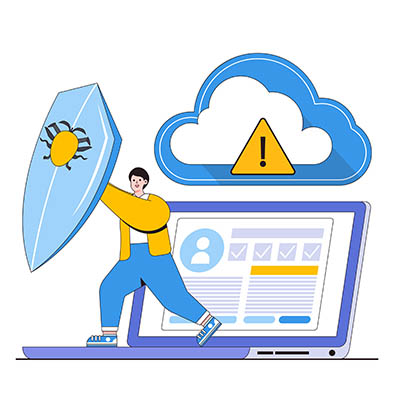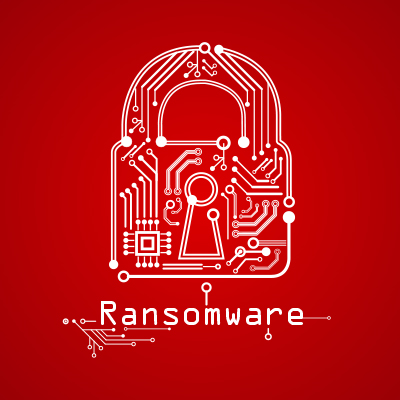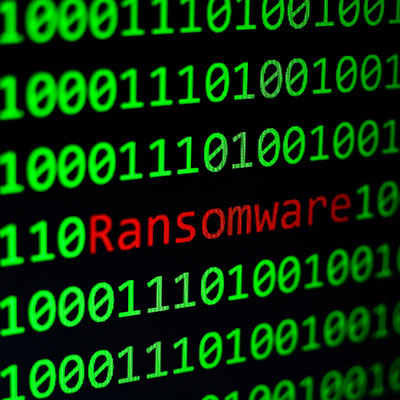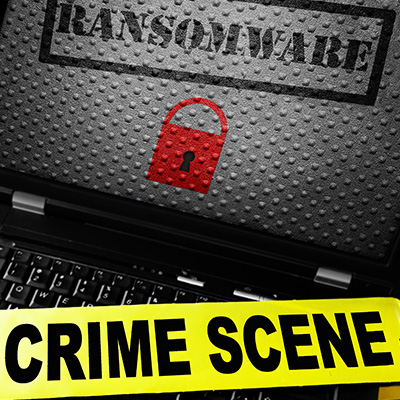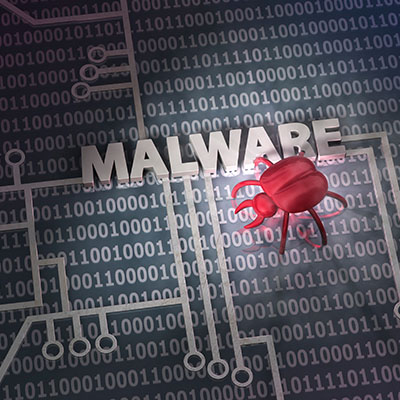Imagine that your screen flashes a devastating message: your critical data is encrypted, and you face a massive ransom demand. Your operation grinds to a halt. This isn’t just an enterprise problem; it’s the harsh reality for businesses of all sizes. Cyber threats don’t discriminate. Your small or mid-sized business is a prime target.
After the tragic events of September 11, 2001, terrorism became a topic everyone heard about daily. The “War on Terror” lasted over a decade, toppling governments and sending a clear message that terrorists would be hunted down relentlessly. While major terrorist attacks have happened since then, the battleground has shifted. Today, one of the biggest threats comes from cyberspace. Let’s take a closer look at the rise of cyberterrorism.
Ransomware is not just a business problem; it is also a consumer and user problem. While it might lock down your business’ files and make them inaccessible, there is also the possibility that the cybercriminals will steal and sell the data on the black market rather than safely return it. What happens to users who have had their data stolen during a ransomware attack?
Every year, there seems to be a notable increase in high-profile ransomware attacks. If you haven’t yet devised a plan to shield your business from these dangers, the time to act is now. Luckily, there are proactive steps you can take to reduce the impact of ransomware attacks, and it all starts with preparation.
Did you know that the first case of ransomware surfaced in 1989? Since then, it has grown far more dangerous and common. Let’s examine some of the numbers regarding ransomware and how you can avoid it affecting your organization.
Ransomware is perhaps the nastiest threat you can encounter, and the unprepared business could potentially be crippled beyond repair if it suffers from an attack like this. We’re here to demystify the inner machinations of a ransomware attack so you know better how to respond to it.
Ransomware takes up a significant amount of our blog, and for good reason. It’s an incredibly scary threat to find yourself on the receiving end of, and modern businesses are, to be quite frank, often unprepared to handle it. We wanted to take today as an opportunity to discuss the negative effects you can expect from a ransomware attack—effects that will make you think twice about the current level of security on your infrastructure.
Ransomware is a serious issue for businesses. How serious? Think “$265 billion in costs by 2031” serious. In light of this, every organization needs to do everything possible to avoid falling victim to ransomware. Let’s touch on a few practices that will help.
At the end of January, the Federal Bureau of Investigation went public with an announcement that they had taken down the servers and Dark Web sites utilized by the Hive ransomware gang. This is a major victory, in terms of fighting cybercrime, but a certain statistic from this operation shows a somewhat disconcerting trend.
Malware has been a problem for people that rely on technology for decades. Like the security that is designed to mitigate the effect of malware, the malware itself has grown in potency and frequency and is a major problem for businesses. Today, we will take a look at a few ways you can get malware.

